
For generations, JCPenney has been a familiar name in American malls—a go-to for everything from back-to-school outfits to wedding bands.
But if you’ve recently walked past your local store and noticed “Clearance” signs that feel a bit too final, you’re not alone. Something bigger is happening. Behind the nostalgic brand and familiar logo, quiet changes are taking place.
This month, a handful of stores are closing their doors forever—some with less than a whisper of public notice. Why now? And most importantly, might your local store be next? Let’s’ unpack what’s really happening.
A Changing Retail Landscape

JCPenney isn’t the only one doing some spring cleaning. As shopping habits change and malls try to combat decreasing traffic, department stores as a whole are grappling with difficult decisions.
With ballooning expenses and exploding online competition, companies are wondering which markets remain solid.
So if a JCPenney has disappeared, it’s rarely by accident—it’s due to much bigger market currents redefining the way we shop.
The Company’s Quiet Reshuffle

Despite having over a century of history behind it, JCPenney continues to reinvent itself in real time. Last week, a company representative affirmed that closure notices are typically tied to soon-to-be-expired leases or changes in local market conditions—never necessarily bad performance.
While remaining open in over 650 stores, not all of its stores are stops for its next chapter. Its closures this month are merely the latest phase in a larger-scale, intentional regrouping—never a goodbye.
What Led It to This Point?
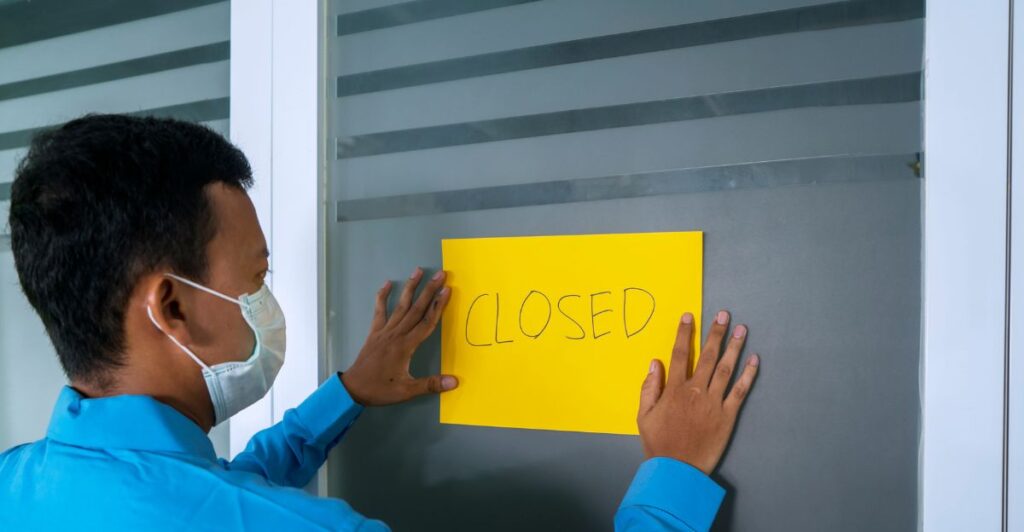
JCPenney had already filed for bankruptcy once before in May of 2020, after years of declining sales and mounting competition. It then said that it would close more than 200 stores nationwide at the time.
While it did come out of bankruptcy shortly later, the company has continued focusing on reducing its real estate footprint.
Each closure since then, including the latest ones this month, has been a continuation of the effort to simplify and stay competitive.
Seven Stores, Seven States
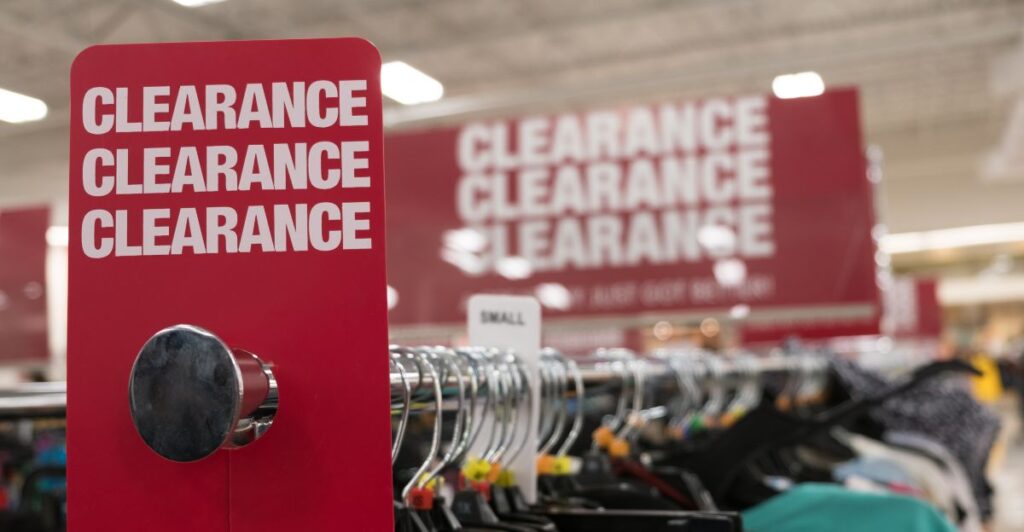
Seven JCPenney locations in seven states said goodbye this month. Starting on the West Coast and working east, each of the stores is in its final clearance cycle. Official company statements cite the last day of operations for the stores as May 25.
These aren’t quiet closures—they’re the result of much consideration, according to JCPenney management. For most shoppers, though, it feels like the end.
And Here’s the Whole List (Drumroll please)

Here are the closing JCPenney stores on May 25: The Shops at Tanforan in San Bruno, California. The Shops At Northfield in Denver, Colorado. Pine Ridge Mall in Pocatello, Idaho. West Ridge Mall in Topeka, Kansas.
Fox Run Mall in Newington, New Hampshire. Asheville Mall in Asheville, North Carolina. Charleston Town Center in Charleston, West Virginia. All are running clearance sales right now.
Why These Stores?

So why all seven of them? Although JCPenney hasn’t provided particular reasons for each closure, it attributed broad factors such as expiring leases, changing consumer preferences, and local market performance.
Perhaps these shops weren’t profitable or didn’t quite fit into the company’s overall plan anymore. Besides, numbers don’t lie.
The Annapolis Outlier
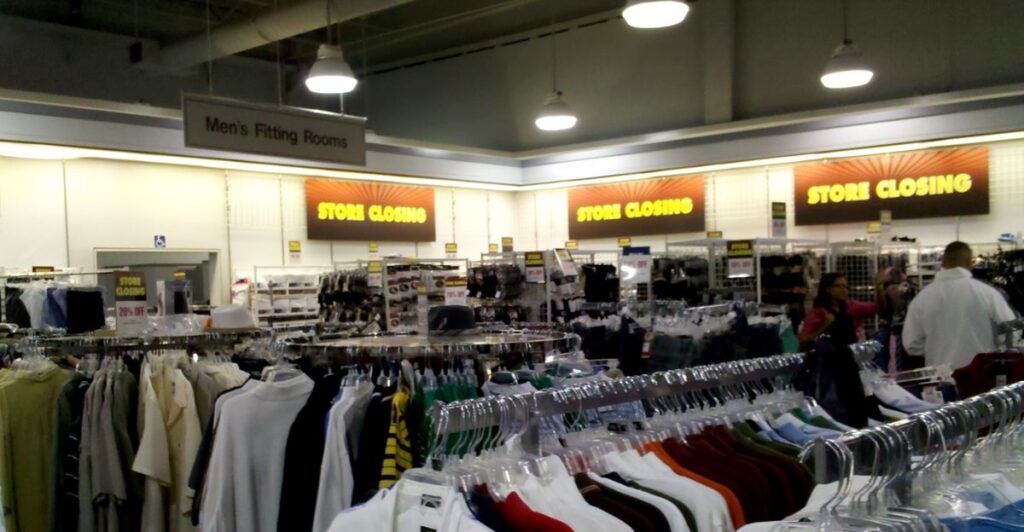
Of interest, another JCPenney location is set to close—but not until mid-2025. The Westfield Annapolis Mall location in Maryland will close in a year from now, as reported earlier this year.
It’s not on this month’s list, but suggests what else may be coming. JCPenney’s portfolio continues to be in flux, and further details may come to light in the coming months.
Is This Related to the Forever 21 Merger?
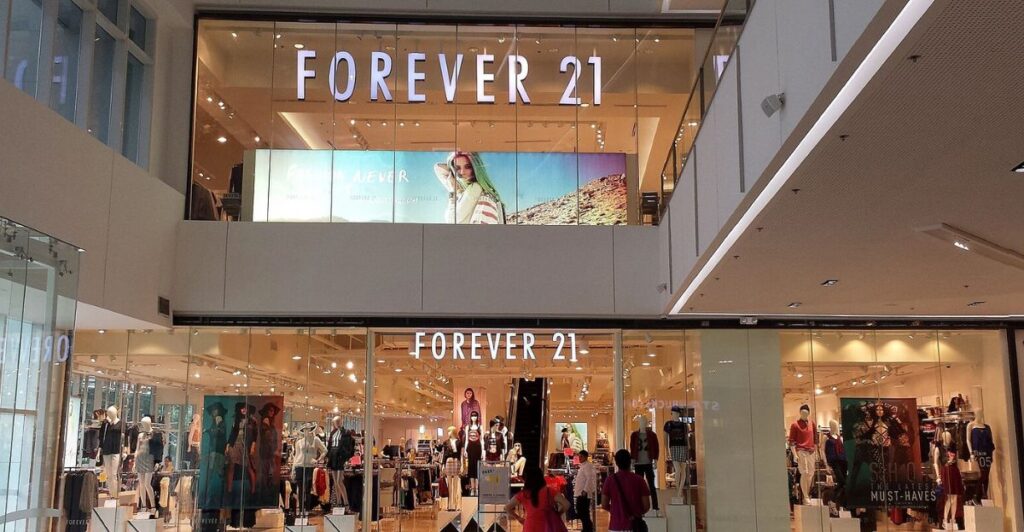
You may wonder if the closings are connected to JCPenney’s new business model. In April, the company disclosed a joint venture with Forever 21 to build Catalyst Brands—a behemoth retail venture that includes Aéropostale, Brooks Brothers, and others.
But a spokesman indicated that the May closings are not included in that arrangement. These are standalone, distinct decisions—not a sign that the merger is failing.
It’s Not Just JCPenney

JCPenney isn’t alone in pulling back. Macy’s is closing 150 stores, of which 66 are closing in 2024 alone. Similar to JCPenney, Macy’s stated that these closures are part of an overall strategy to concentrate on profitable stores.
The department store format, a retailing giant in America, is being re-engineered across the country. It’s a changing of the guard and shoppers are paying attention.
Golden Rule to Corporate Pivot

JCPenney has come a long way since its humble start in 1902, when it began as “The Golden Rule” shop in Wyoming.
That very first slogan—do unto others as you would have them do unto you—still resonates in its brand. But business today demands grit. While JCPenney continues to serve millions of Americans, it’s now on the perilous path of retail reinvention.
Clearance Sales = Opportunity?

If you happen to live close to one of the closing locations, go there prior to May 25. Final clearance sales are already in process, and though the atmosphere is somber, the bargains are very real.
Customers have reported steep discounts on clothing, homewares, and accessories. Shoppers should be aware that this might be their final opportunity to find a bargain as the shelves may soon be empty.
What Does This Mean for Shoppers?
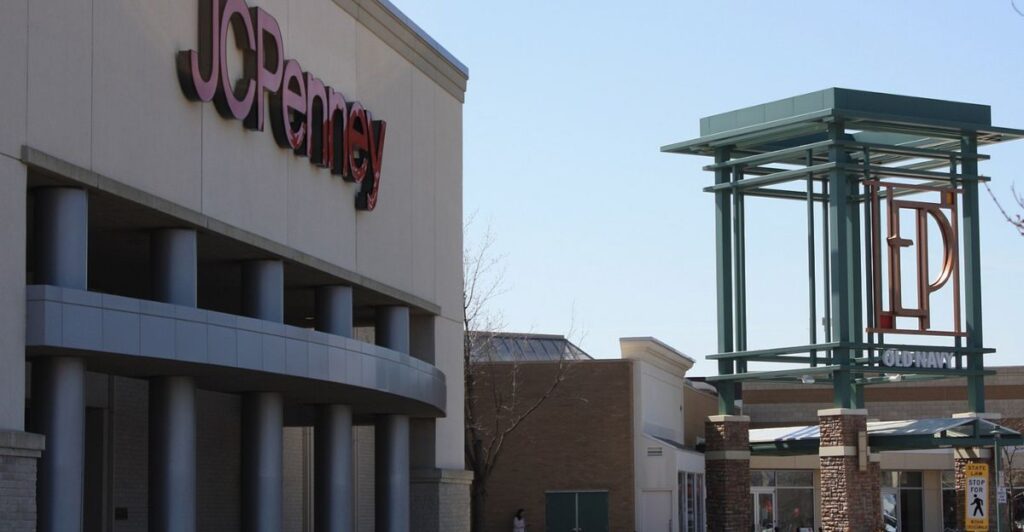
For loyal JCPenney customers, this news might sting—but it’s not the end of the road. The brand still has hundreds of locations nationwide and continues to invest in online shopping.
Even if your local store is closing, you can still shop on jcp.com or at another nearby store. And as the company restructures, there’s still potential for growth in newer, more strategic locations.
The Bigger Picture

The closure of these seven stores isn’t a collapse—it’s a recalibration. JCPenney is adjusting to a world where the mall isn’t the default, and consumer habits change fast.
Whether you’re a nostalgic shopper or simply curious about the future of retail, one thing is clear: the retail landscape is shifting. And for JCPenney, this month marks another step in a long, and still evolving, story.
The Employee Toll

Behind every store closing are dozens—sometimes hundreds—of employees. While JCPenney reports that it hopes to make transfers possible where feasible, for many employees, the changes have arrived on short notice.
From veteran managers on the verge of retirement to part-time students, the changes are personal. Some employees report learning of the news only days before it became public.
Customer Stories

Shoppers in the soon-to-close stores have been posting teary goodbyes. “I bought my prom dress here,” one shopper in Topeka said.
Another in Asheville remembered family Christmas photos taken at the store’s photo studio. These are more than purchases—they are experiences, and their disappearance is felt far outside the retail sector.
The Rise of ‘Experience-First’ Shopping

Retail trends are moving away from traditional retail and toward experiential spaces. New malls are using anchor department store space for escape rooms, trampoline parks, and co-working spaces.
JCPenney’s conventional format might seem stodgy to Gen Z and millennial consumers accustomed to brands that offer interactivity and immersive storytelling.
E-Commerce Isn’t Slowing Down

In 2023 alone, U.S. online retail sales exceeded $1 trillion.
With Amazon, Shein, and Walmart optimizing their digital ecosystems, retailers like JCPenney have to compete on delivery speed, mobile experience, and logistics—not necessarily price. Closing stores frees up capital to invest in e-commerce.
A Recap of JCPenney’s Online Makeover

JCPenney is making a big investment in its website, with the goal of streamlining the user experience and providing web-only promotions.
AI-driven recommendations, improved sizing guides, and same-day pickup are all launching. The closures, though painful, will release capital for this reinvestment in digital optimizations.
Are More Closures Coming?
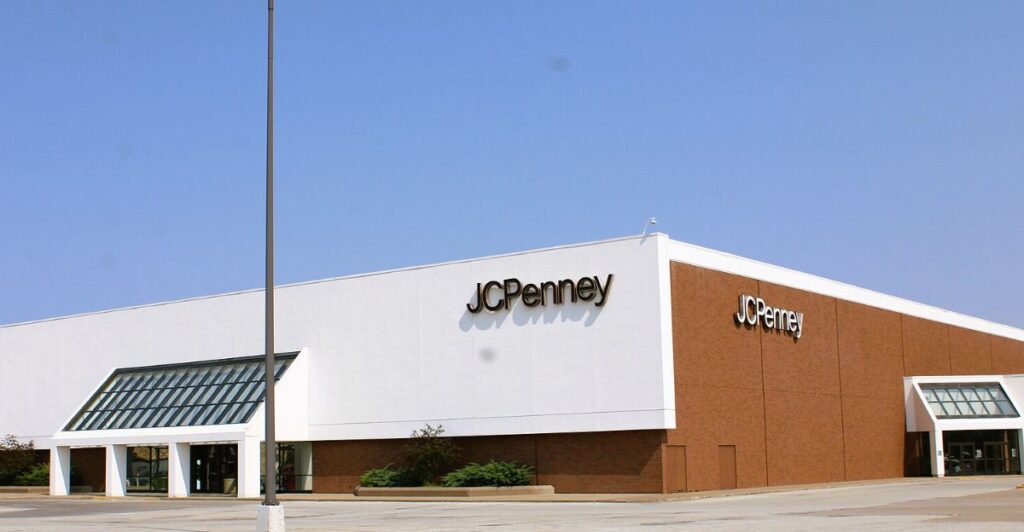
The firm has not issued a complete list of upcoming closures, but experts expect additional ones in struggling malls.
The example of Westfield Annapolis (Slide 8) shows that certain choices are made quite some time in advance. Look for announcements later in 2025 as leases expire.
What About the JCPenney Salon?

The stores also include beauty salons, which continue to be popular among loyal customers.
It isn’t clear how the closures will affect stylists, but JCPenney has indicated that it will “evaluate on a location-by-location basis.” Some salons will move; others will close for good.
The Possibility of Reimagining

There is still hope. JCPenney has been testing small-format stores, shop-in-shop partnerships, and edited home product lines.
One pilot even included a rotating local vendor spot. Is the future of JCPenney smaller, nimbler, and local? It could be.
The Emotional Weight of a Legacy Brand

To most Americans, JCPenney is more than a store—it’s a sentimental space. Generations grew up shopping there, buying their first school shoes or bridal registries.
As the brand changes course, it carries the emotional baggage of a century-old tradition. That baggage can be both a curse and a unique strength.
Final Thoughts
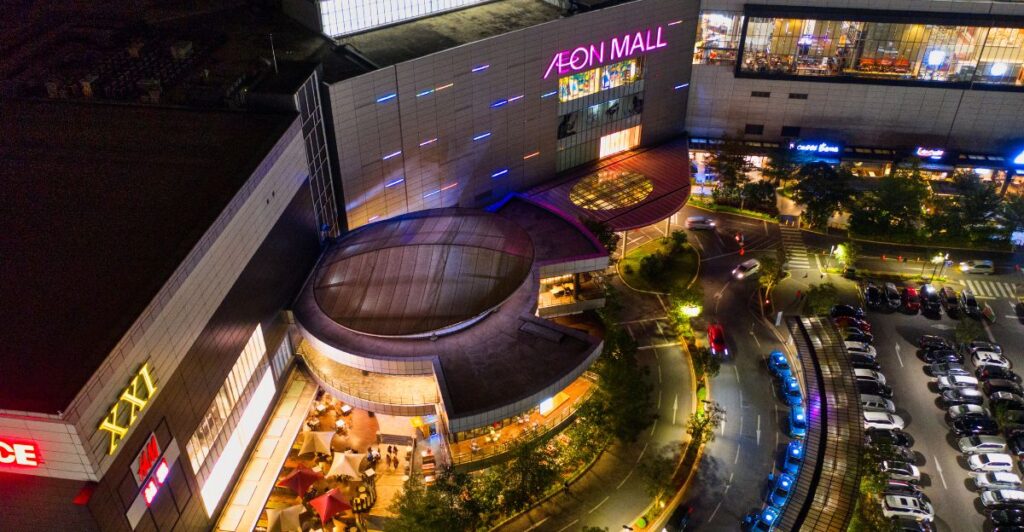
Change in retail is constant, but JCPenney’s story is far from over. From mall mainstay to online contender, it’s navigating one of the most challenging eras in retail history.
Whether you’re a bargain hunter, a nostalgia lover, or a curious observer, you’re watching a piece of American commerce reinvent itself in real time.
Discover more trending stories and Follow us to keep inspiration flowing to your feed!

Craving more home and lifestyle inspiration? Hit Follow to keep the creativity flowing, and let us know your thoughts in the comments below!
